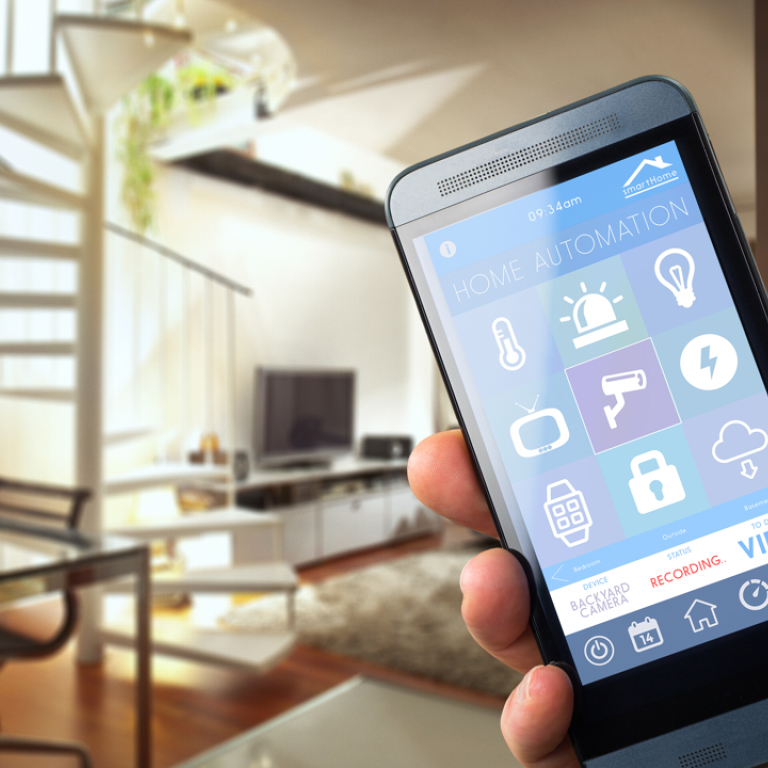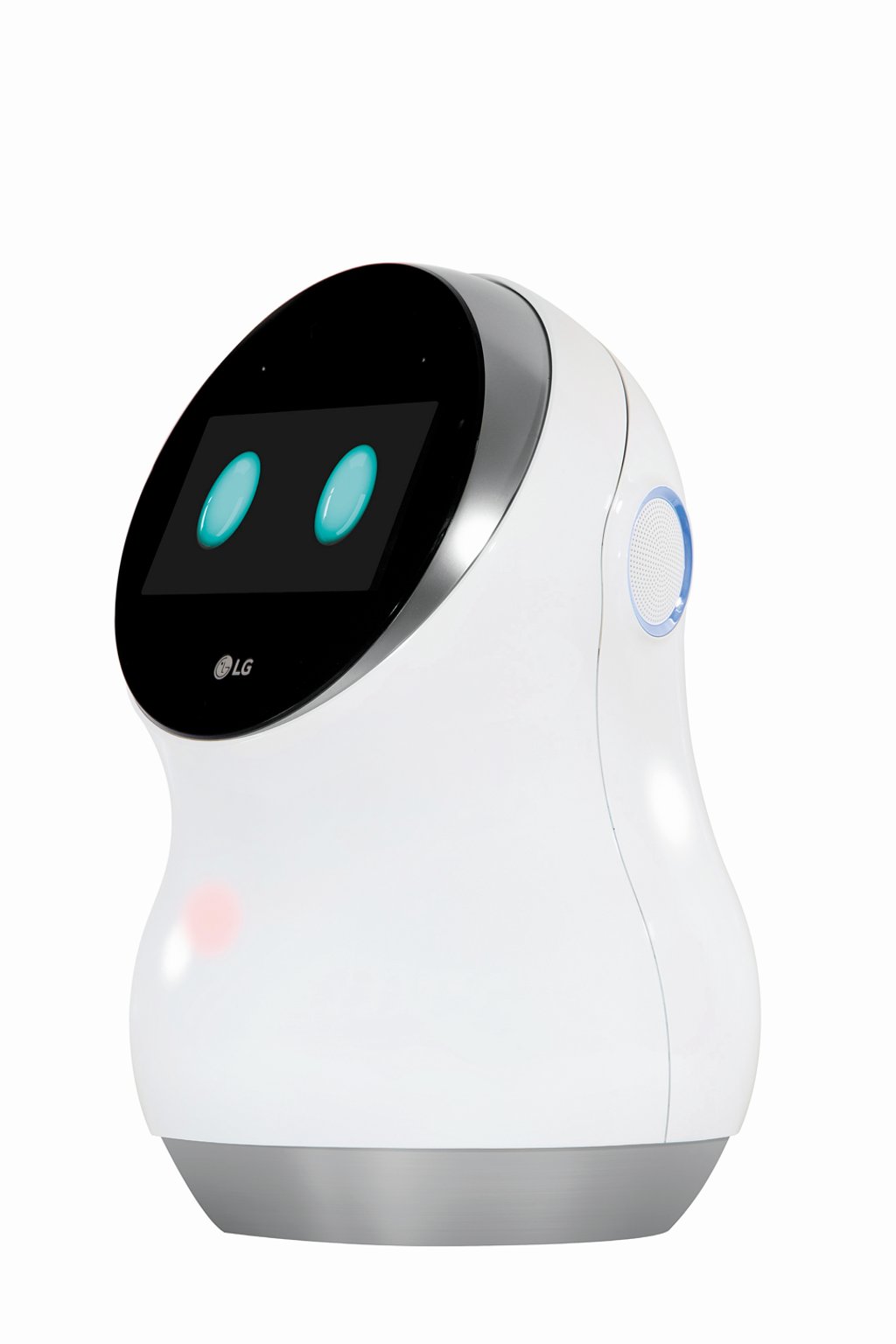Why smart homes are no longer science fiction

Technically engineered homes are now a must-have reality
The concept is nothing new: your house “knows” you; turns on the light and music for you; has the coffee ready by the time you walk into the kitchen; picks the day’s outfit for you; and reminds you what you need to order from Amazon by the time you head out of the door. And, while you are away, your robot assistant cleans the house for you and you can also monitor what’s going on at home while you’re out.
It’s called a smart home, and it is ripe to become reality. And an independent survey recently commissioned by the Hong Kong Trade Development Council (HKTDC) identified the smart home as among the next big trends. More than 850 buyers and exhibitors were surveyed at the spring HKTDC Hong Kong Electronics Fair in March 2017, and about 70 per cent of them said the best prospects for smart-home technology were wireless items connecting housing systems or appliances to the internet or mobile networks.

PwC’s market intelligence sheds further light. A recent company study reported female respondents seeing a smart device as “another set of hands, one less thing to remember on a long list of family responsibilities”.
As Amazon’s Alexa teams up with more brands such as ecobee, Philips Hue and Nest, it will increasingly become a common feature at home to help homeowners manage lights, switches, thermostats, and other appliances through voice control.
LG’s Hub Robot, scheduled for release in the first half of 2018, syncs with other connected appliances in the household through Alexa, such as the air conditioner and dryer. An interactive “face” displays handy information: for example, it can show the contents of your fridge and suggest recipes alongside easy-to-follow audio instructions. The Hub Robot is also your go-to for playing music, setting alarms, creating reminder memos and providing weather and traffic updates.

MoRo, one of the more intuitive home robots, also showcased in Las Vegas, was developed by Beijing company EwayBot Technology. It can respond to hand gestures and do things for its human counterparts, such as fetching a Coke on request – recognising the drink through its camera, and grabbing it with its mechanical hand. MoRo also disposes of the empty can.
Another Chinese unveiling, the Lynx from Ubtech Robotics, responds to voice commands in the way Amazon Alexa would. Lynx can send emails for you, play your music, and also walk around. It’s flexible enough to demonstrate yoga poses. This bot can also stream a live feed into your house, moving around to show you what’s happening, and use your own voice to communicate with whomever is there. A release date is yet to be announced.